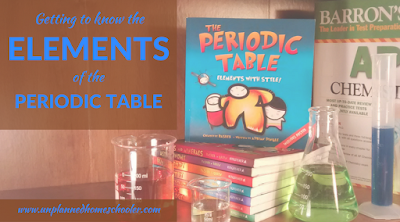The more you know about the elements of the periodic table, and how they relate to YOU, the better they will stick in your long term memory. A while back, I shared a favorite book, The Periodic Table: Elements with Style, that personifies the elements in ways that can help students get to know them better.
This week, I want to share another resource, the Periodic Table Matching Game by The Unplanned Homeschooler, currently on sale through the Learning Tangent marketplace for just $2.99.
This fun game is reminiscent of the classic Memory games we all played as kids, but uses real world enformation and colorful illustrations by Keith Enevoldson, an engineer who had me swooning at the concise and colorful way he made the periodic table so relatable.
Using the Periodic Table Matching Game, your students can learn each element's name, symbol, atomic number and even how each element is used in the real world. The game is available in a convenient download. Just print the pages on cardstock and cut out the cards, then play with as many or as few cards as you like.
Study by groups or periods, study just the nonmetals, the transition metals, the noble gases, etc. There are so many ways to study the periodic table using this exciting game. Make chemistry more fun and memorable by adding the Periodic Table Matching Game to your collection of resources.









